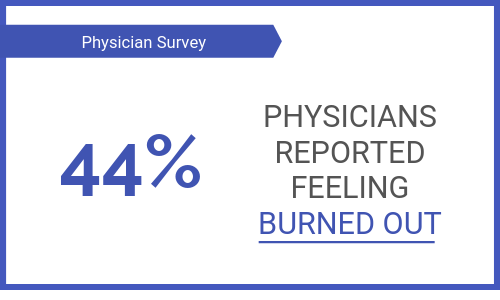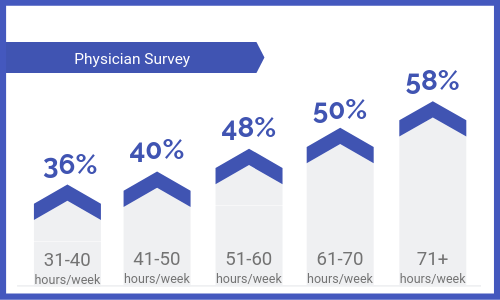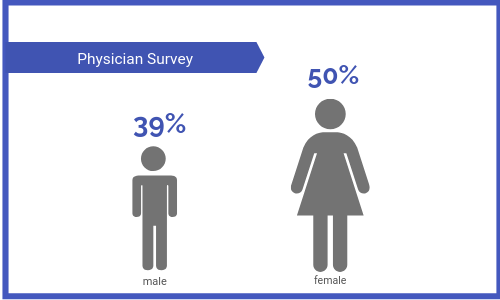Career Planning
|
Defining the Ideal Position
Plan for Work-Life Balance
Achieving a desirable work-life balance is not only attainable, but critical to the long term success and happiness of both you and your family.
Burnout is real. Planning how you will juggle professional and personal responsibilities while still finding time to enjoy life is an important factor when you start to explore various practices and positions.

Achieving a desirable work-life balance is not only attainable, but critical to the long term success and happiness of both you and your family.
Burnout is real. Planning how you will juggle professional and personal responsibilities while still finding time to enjoy life is an important factor when you start to explore various practices and positions.

You Can Control Your Work Load
Defining and managing your work load is an area you can actually have some control over, or at least quite a bit of flexibility, if you plan for this now.
Knowing what your requirements are before you start your job search will ensure you evaluate practices that align with your needs.
Do not underestimate the importance of reflecting on your work-life balance requirements and assessing your personal needs during your job search.
It is an important topic to revisit often and throughout your career.
What does the data tell us?
A 2019 Medscape survey reported that 44% of physicians feel burned out.
The highest contributing factor to physician burn out was “too many bureaucratic tasks (eg. charting, paperwork), which is largely a part of our job and somewhat out of our control.
But 34% of them attributed their burn out to “spending too many hours at work.”

Medscape National Physician Burnout, Depression, and Suicide Report.
You can access the report here. Requires registration.
15,069 physicians across 29+ specialties met the screening criteria and were invited to participate in an online survey.
When Number of Hours Are Considered
Not surprisingly, the study found that physicians feeling burned out increased with longer hours. Working long days and weeks is routine for most physicians.
We all learn how to do this for years in our training, and many physicians come to believe that this is simply the expectation for our field.
However, in light of the concerning trends with physician satisfaction and mental health, some savvy practices are learning that they can staff in a manner that makes for a more reasonable hourly load.
Many neonatologists recently out of training will wish to work long hours and extra shifts to pay down debt and stabilize their finances and savings, but for many, they should consider a practice where they have the flexibility to scale this back at some point down the road.

Medscape National Physician Burnout, Depression, and Suicide Report.
You can access the report here. Requires registration.
15,069 physicians across 29+ specialties met the screening criteria and were invited to participate in an online survey.
When Gender Is Considered
Based on the survey, gender did play into the feeling of burn out with 50% of female physicians reported feeling burned out compared to only 39% of male physicians.
This likely reflects the complexities of managing both professional duties and family demands. Regardless of the underlying reasons, the data suggests that women may need to be especially conscious of the importance of identifying and managing these priorities.

Medscape National Physician Burnout, Depression, and Suicide Report.
You can access the report here. Requires registration.
15,069 physicians across 29+ specialties met the screening criteria and were invited to participate in an online survey.
As you near the completion of your training, you’ve already demonstrated your willingness to sacrifice a substantial amount of “life” for your career. No one embarks on this path without the plan to continue giving it their all once fellowship is complete.
Just remember, if current statistics on burnout are any evidence, we may be keeping the scale tipped for too long on the work side of the equation.
Perhaps an approach that keeps a bit more weight on the life side will keep providers engaged and excited longer into their careers. Remember, our patients won’t receive the best if we aren’t at our best.
Use these questions to help you decide what is important to you and your family:
What does work-life balance look like to you?
What are the key personal responsibilities that you must manage on a regular basis?
What do you want for your identity and relationships outside of work?
Do you favor personal and family life equally or is your career your highest priority right now?
Is starting or growing a family an important consideration for your future?
What family commitments do you need to protect as you progress in your career?
What are your hobbies and how do you plan to incorporate them into a busy schedule?
Do you have a specific number of hours per week you want to dedicate to work? To home? To recreation?
Additional Resources
A wealth of resources and tools dedicated to work-life balance for physicians, including assessments, tips on how to achieve balance, and several perspectives from others.
Offers a new perspective called “integrated” life and provides some important tips and perspectives on how to achieve a healthy balance between your professional and personal life as a physician.
Provides perspective on the relationship between achieving balance and frequency of saying “no” to more requests for your time and offers tips on how to proactively manage your time for improved management.
Offers several tips on how to strike a balance between your professional and personal lives.
Offers several tips on how to strike a balance between your professional and personal lives.


